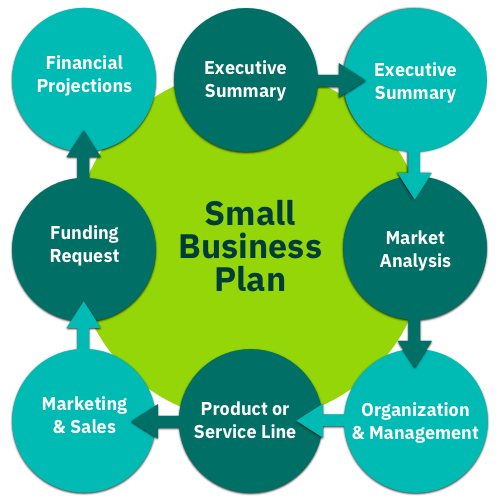Market Opportunity Analysis (MOA) identifies and evaluates potential markets for a product or service. It is crucial for businesses looking to make informed decisions about where to invest their resources. But what does it mean, and why is it so important?
Definition of Market Opportunity Analysis

At its core, Market Opportunity Analysis involves a systematic approach to evaluating the attractiveness of various market segments. It combines data collection, market research, and analysis to gauge the potential success of a product or service in a given market.
Importance of Market Opportunity Analysis
Understanding market opportunities is essential for growth in today’s fast-paced business environment. By analysing market opportunities, companies can prioritise their initiatives, allocate resources wisely, and develop strategies that resonate with target audiences.
The Process of Market Opportunity Analysis

Conducting a Market Opportunity Analysis can be broken down into several critical steps. Each step helps organisations refine their strategies and improve their chances of success.
Step 1: Identifying Market Needs
The first step in any market analysis is understanding the target market’s needs. What problems are customers facing? What solutions are they seeking? This step often involves surveys, interviews, and other forms of market research to gain insights into consumer behaviour.
Step 2: Analyzing Market Trends
Next, it’s crucial to analyse existing market trends. Are there any shifts in consumer preferences? Is the market expanding or contracting? By staying ahead of these trends, businesses can position themselves advantageously and capture market share before competitors.
Step 3: Evaluating Competition
Understanding the competitive landscape is vital. Who are the key players in the market? What are their strengths and weaknesses?
Tools for Competitive Analysis

Tools like SWOT analysis (Strengths, Weaknesses, Opportunities, Threats) can be incredibly helpful in visualising the competition’s position and identifying gaps that your business can exploit.
Step 4: Assessing Resources and Capabilities
Finally, evaluate your resources and capabilities. Do you have the necessary skills, technology, and budget to enter this market? An honest assessment will help you avoid overextending your resources.
Impacts of Market Opportunity Analysis
So, what are the real impacts of conducting a Market Opportunity Analysis? Let’s break it down.
Informed Decision Making

One of MOA’s most significant benefits is that it leads to informed decision-making. With comprehensive data in hand, businesses can make choices based on evidence rather than intuition.
Risk Mitigation
Market analysis also helps identify potential risks. By understanding market dynamics, businesses can prepare for unexpected challenges and develop contingency plans.
Strategic Planning
A thorough MOA facilitates effective strategic planning. Businesses can set realistic goals, allocate resources efficiently, and monitor their progress over time.
Real-World Applications

Let’s examine how Market Opportunity Analysis plays out in the real world.
Case Study 1: Tech Industry
Companies like Apple and Microsoft regularly conduct MOAs in the tech sector to identify emerging technologies and consumer demands. For instance, by analyzing trends in mobile technology, Apple developed the iPhone, revolutionizing the smartphone market.
Case Study 2: Healthcare Sector
In healthcare, MOA is crucial for identifying new treatments or healthcare technologies. Companies analyse patient needs, regulatory changes, and technological advancements to bring innovative solutions to market, improving patient care and outcomes.
Challenges in Conducting Market Analysis

While the benefits of Market Opportunity Analysis are clear, it’s not without challenges.
Data Availability and Accuracy
One major challenge is obtaining accurate and relevant data. Data may often need to be updated, reliable, or complete, leading to misguided analysis.
Dynamic Market Conditions
Markets are not static. Economic shifts, technological advances, and changes in consumer behaviour can all influence market dynamics, making it essential to stay updated and agile.
Future Trends in Market Opportunity Analysis

The landscape of market opportunity analysis is continuously evolving.
Technology Integration
Emerging technologies, like artificial intelligence and machine learning, are increasingly being integrated into market analysis processes. These technologies can analyse vast amounts of data in real-time, helping businesses respond quickly to market changes.
Emphasis on Customer-Centric Analysis
As competition heats up, there’s a growing emphasis on understanding customer needs. Companies leverage customer feedback and preferences to refine their analysis and develop products that resonate with their audience.
Conclusion
In conclusion, Market Opportunity Analysis is not just a buzzword—it’s a vital component of strategic business planning. By understanding market needs, analysing trends, and assessing competition, companies can make informed decisions that lead to success. Thorough market analysis has far-reaching impacts, influencing everything from product development to risk management.








